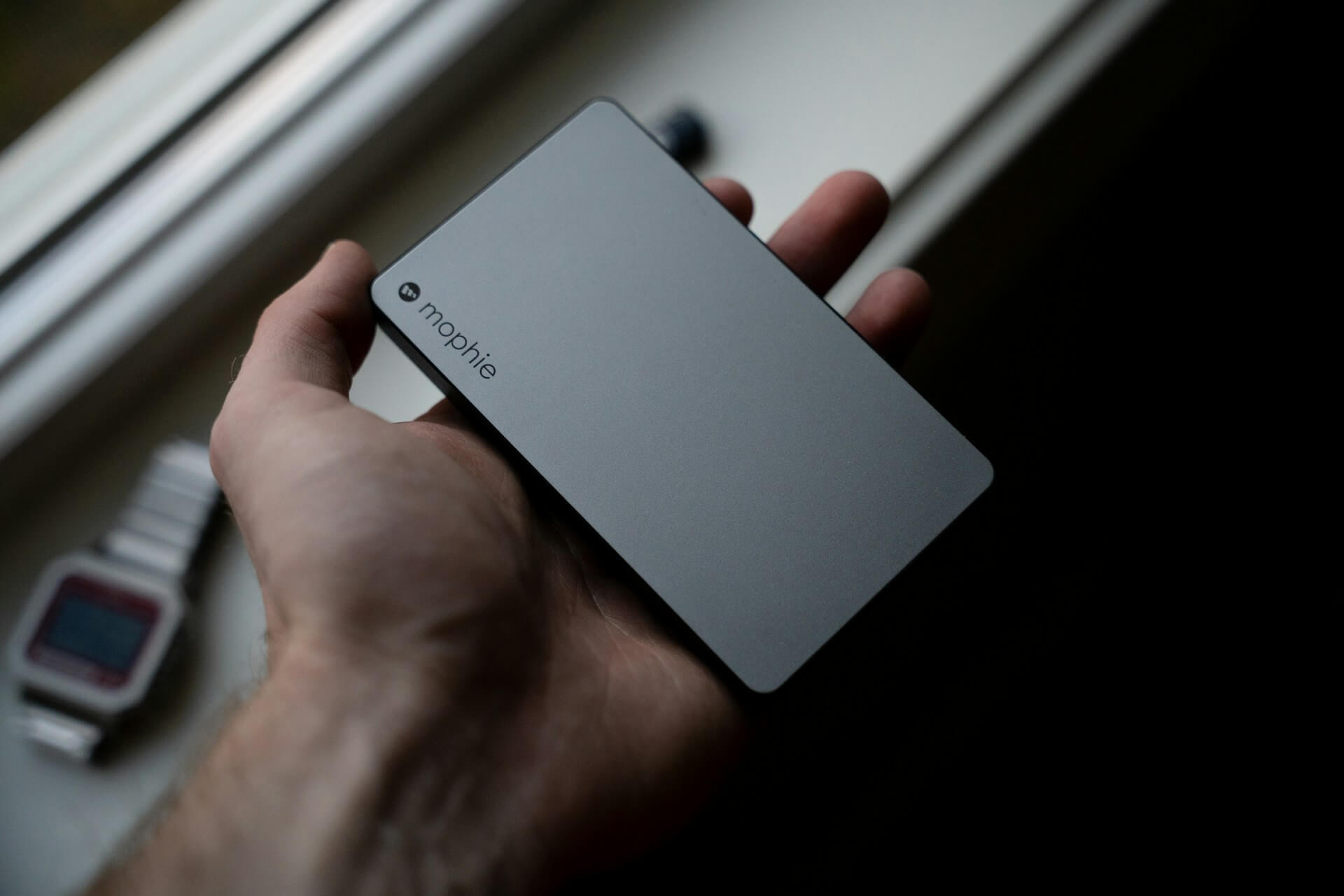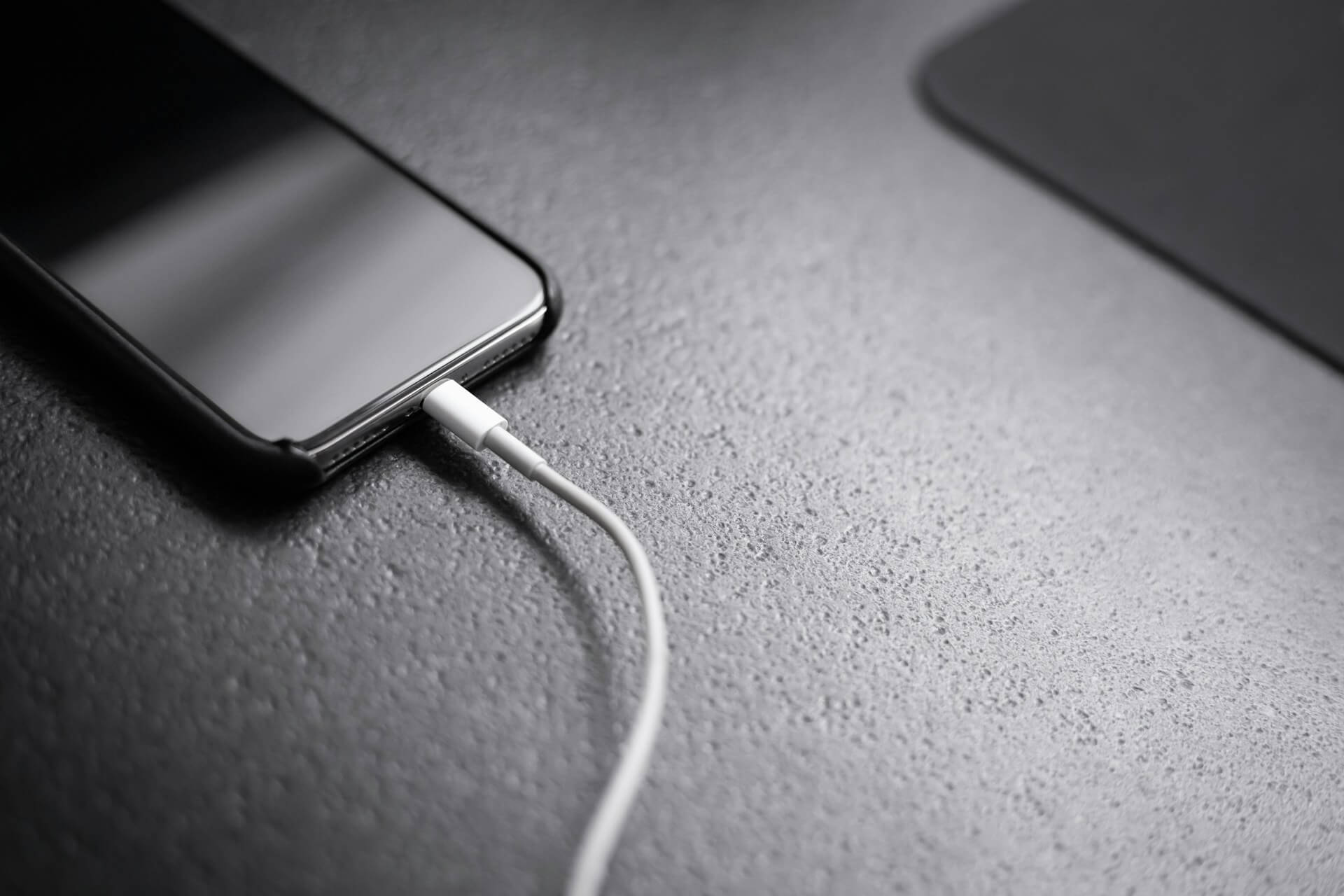Power Bank vs Portable Charger: What's the Difference?

How many times have you needed to charge your phone on the go but don’t have your charger? Unfortunately, this is an all-too-common problem that comes with mobile lifestyles. But that’s where power banks and portable chargers come in.
These two charging accessories are designed to power up your phone whenever and wherever you need it most, whether that’s on your commute or shopping in the grocery store. But, they’re not exactly the same – even though the terms are often used interchangeably. So, what’s the difference between a power bank and a portable charger?
Learn more about portable chargers vs power banks, including their main differences and how to choose the right one for you!
Power Banks vs Portable Chargers: Similarities
Phone batteries leave something to be desired, especially with the heavy usage of social media, photography and editing, and streaming. Rather than desperately searching for an open outlet or sitting in your car a little longer to let your car charger do its thing, charge up on the go with a power bank or portable charger. Both of these options offer:
- Charging without the need for a block or wall outlet
- Quick charging for that quick battery pick-me-up
- Portability – throw it in your bag or your pocket
- Compact and lightweight design for easy carrying
The Difference Between Portable Chargers and Power Banks

Looking at power banks vs portable chargers, it’s easy to confuse the two. However, there are a few key differences between power banks and portable chargers. Let’s take a look!
Power Banks
Think of power banks as big batteries. These portable batteries store electrical energy like a reservoir, enabling you to charge one or more devices from anywhere without needing a direct power source (like you’d get from a wall outlet or your car). Like a battery, though, it’ll need to be charged so it has the necessary capacity to power up your phone, earbuds, and other devices.
Portable Chargers
A few big differences between portable chargers and power banks are the compact design of a portable charger and the fact that it’s made for one device. They come with built-in connectors or an additional cable for charging, so you don’t need to bring your cables while you’re on the go. Some models even offer both wired and wireless charging options, which could be a deciding factor if you’re debating between a power bank vs portable charger.
Power Banks vs Portable Chargers: How to Choose the Right Power Option for You

It’s important to consider your personal needs and power usage when deciding between portable chargers vs power banks. You want to choose a power option that’s going to work with your mobile lifestyle, whether that involves a lot of traveling, work commutes, camping, hiking, or other adventures.
Weight/Design
When shopping for power banks vs portable chargers, think about the size and weight you want from your power source. Are you carrying it in your pocket or your bag? You want to choose the one that will be easiest to carry all day without weighing you down or taking up much space.
Since portable chargers are usually lighter than power banks, they may be your better option.
Wireless vs Wired Charging
Another factor to consider with portable chargers vs power banks is whether you want wired or wireless charging – or both. You don’t always want to carry charging cables with you, we get it. But if it’s a non-negotiable point, you want to choose a portable charger that offers wireless charging capabilities.
If it’s not a concern for you, you’ll want to weigh other considerations like battery capacity and size/weight.
Battery Capacity
This is one of the biggest factors when choosing between power banks vs portable chargers. You want to make sure that your charging accessory has enough “juice” to charge your device(s) without needing to charge the accessory too.
Will you be charging multiple devices? Do you need this charger during an extended period away from other power sources (ex: traveling or hiking)? The large battery capacity of power banks makes them the preferred option for those scenarios, while portable chargers are great for quick everyday charges.
The Main Differences
In summary, portable batteries typically have a greater battery capacity. Often, they have multiple ports, so you can charge multiple devices at once. They're usually designed for wired charging, meaning you need cables to connect your device. They're also typically bulkier/heavier than portable chargers. In contrast, portable chargers are usually lighter and are often designed to charge wirelessly. That means no cables. They are usually designed to charge just one device, and they're good for quick top-offs to your battery level.
Top-Rated Power Banks and Portable Chargers
You know the main differences between power banks and portable chargers. You know what factors to consider with power banks vs portable chargers. Now it’s time to go shopping.
Take a look at a few of the top-rated choices on Mophie to get started!
Mophie powerstation
If you’re looking for the fastest, most reliable power solutions, you can always count on Mophie to deliver. Just take a look at their Mophie powerstation. This compact power bank puts out up to 30W of fast-charging power and features 2 USB-C ports, so you can charge up to two devices at once! With its powerful battery capacity, this is the perfect solution for travel or everyday use.
Mophie powerstation mini
Everything you love about powerstation is made even more compact with the Mophie powerstation mini. This small but mighty power bank offers up to 20W of portable power and is the go-to for those looking for lightweight charging while they’re on the go. It’s only slightly bigger than a tube of your favorite lipstick!
Power Up Your Devices
Explore and connect from anywhere at any time with this lightweight portable charger! The best-selling Mophie snap+ wireless juice pack mini 5K power bank is compatible with any Qi-enabled smartphone. It also works with MagSafe ZAGG phone cases and accessories for iPhone models 12-15.
The sleek design snaps right onto the back of your phone for charging and can easily be detached when it’s finished charging.
Power Up Your Devices
Whether you prefer power banks vs portable chargers or the other way around, there’s a powerful portable charger from Mophie that’ll fit your mobile lifestyle. Explore our selection of power banks and portable chargers to find the perfect charging solution for your needs!
FAQs
Loading results...
